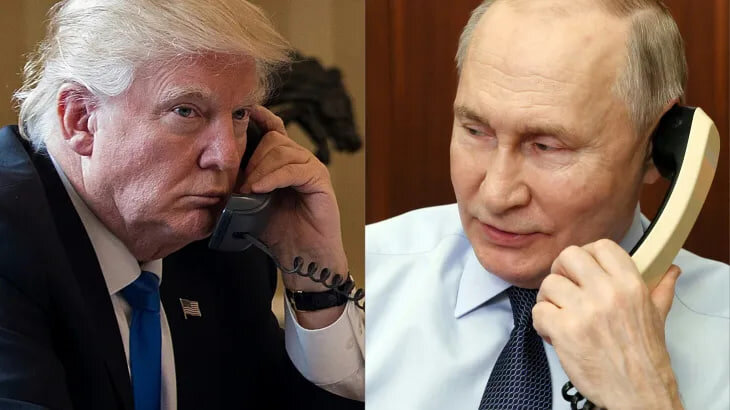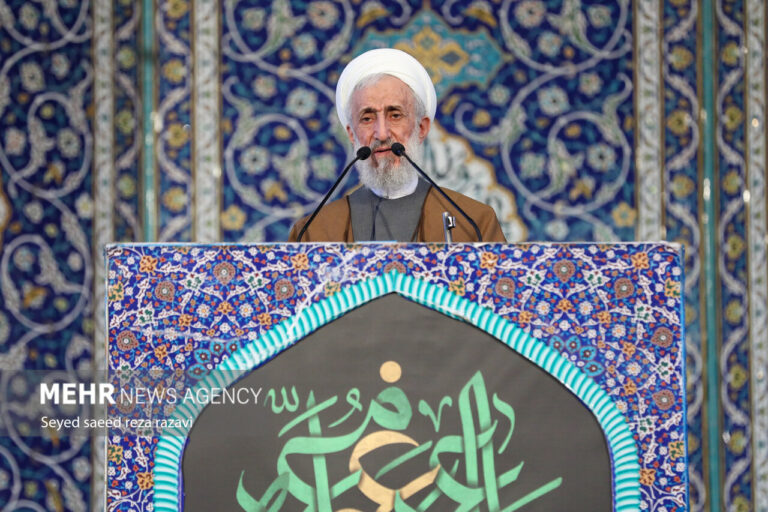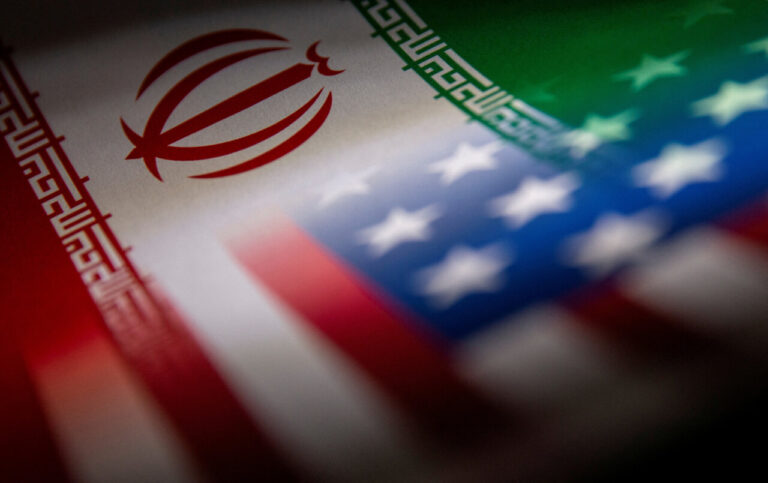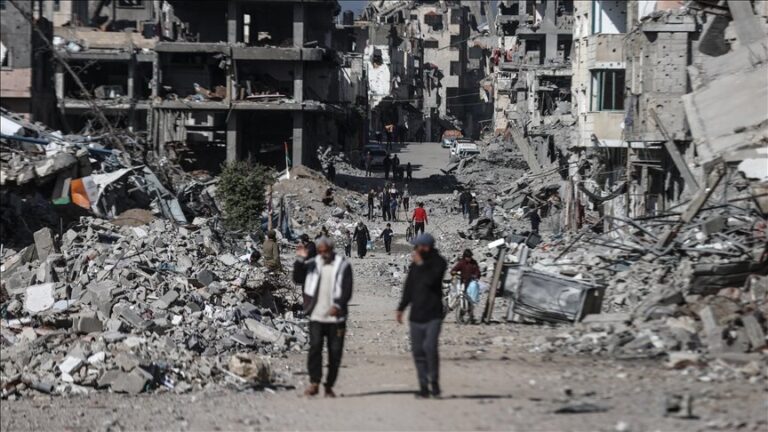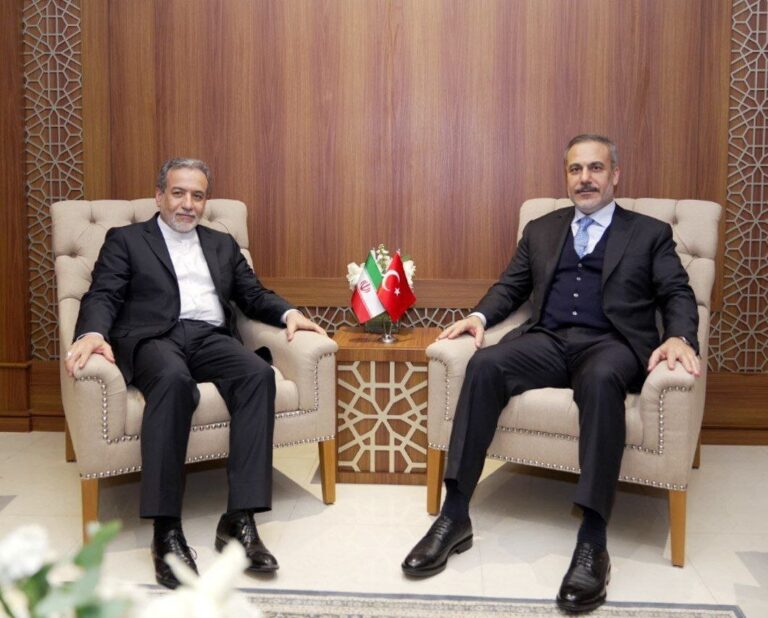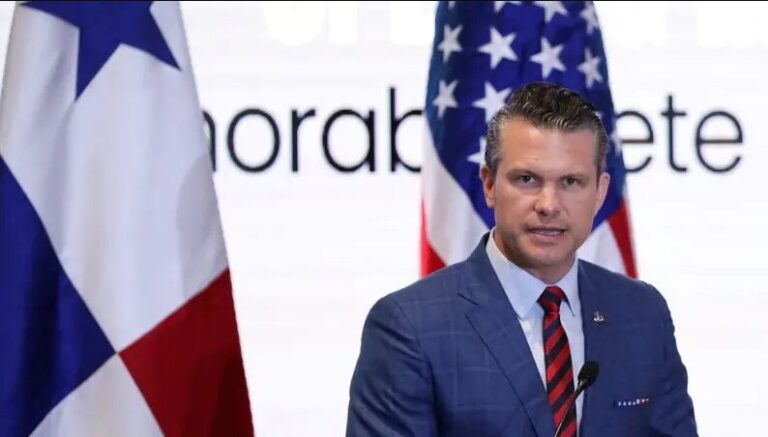Putin Expresses Willingness to Collaborate on Truce Memorandum Following Trump Call
In a significant development in the ongoing conflict in Ukraine, U.S. President Donald Trump recently engaged in a lengthy phone call with Russian President Vladimir Putin. This conversation lasted over two hours and focused on efforts to negotiate a ceasefire deal, highlighting the ongoing diplomatic initiatives to restore peace in the region.
According to reports from Russian state media, Putin expressed his country’s willingness to collaborate with Ukraine on a memorandum aimed at establishing a ceasefire. This statement indicates a potential shift in Russia’s approach to the conflict, suggesting a readiness to engage in constructive discussions.
Following his discussion with Putin, President Trump is scheduled to reach out to Ukrainian President Volodymyr Zelenskyy and NATO leaders. This sequence of communications underscores the importance of international collaboration in addressing the crisis and seeking a resolution to the war.
The backdrop of these diplomatic efforts is marked by escalating military actions. Ukraine has reported that Russia initiated its largest drone attack since the beginning of the full-scale invasion in February 2022, launching a staggering total of 273 exploding drones and decoys across multiple Ukrainian regions. This unprecedented barrage has raised alarms regarding the intensity of the conflict and the urgent need for a ceasefire.
- Key Highlights of the Recent Developments:
- Trump and Putin’s phone conversation lasted over two hours.
- Russia is willing to work on a ceasefire memorandum with Ukraine.
- Trump plans to speak with Zelenskyy and NATO leaders following his call with Putin.
- Ukraine experienced its largest drone attack to date, with 273 drones launched by Russia.
The international community has been closely monitoring these developments, as the potential for a ceasefire could lead to a de-escalation of hostilities and pave the way for peace talks. The conflict, which has caused significant humanitarian crises and geopolitical tensions, requires urgent attention from global leaders.
As the situation evolves, it remains crucial for all parties involved to engage in meaningful dialogue. The willingness demonstrated by Putin to negotiate with Ukraine is a positive sign, yet the reality of ongoing military aggression complicates the path toward peace.
In addition to the diplomatic efforts, there is a growing call for increased support for Ukraine from NATO allies. By reinforcing military assistance and providing humanitarian aid, NATO can play a pivotal role in stabilizing the region and supporting Ukraine in its defense against aggression.
- The Importance of Continued Diplomatic Engagement:
- Building trust between conflicting parties can lead to long-lasting peace.
- International pressure and cooperation are essential for successful negotiations.
- The role of NATO and Western allies is critical in providing support to Ukraine.
As both sides navigate this complex landscape, the focus on finding a diplomatic solution remains paramount. The ongoing conflict has not only affected Ukraine but has also had widespread implications for global security and economic stability. It is imperative for world leaders to prioritize peace and work collaboratively towards a resolution that respects Ukraine’s sovereignty and territorial integrity.
In conclusion, the recent communications between Trump and Putin represent a crucial moment in the quest for a ceasefire in Ukraine. The willingness to negotiate, coupled with the urgent need for diplomatic solutions, underscores the importance of international cooperation in addressing the ongoing crisis and striving for a peaceful resolution.
It is essential for citizens around the world to remain informed about these developments, as the outcomes will undoubtedly shape the future of international relations and global security. The hope for a peaceful resolution lies in the hands of the leaders who must navigate the complexities of this conflict with wisdom and foresight.
